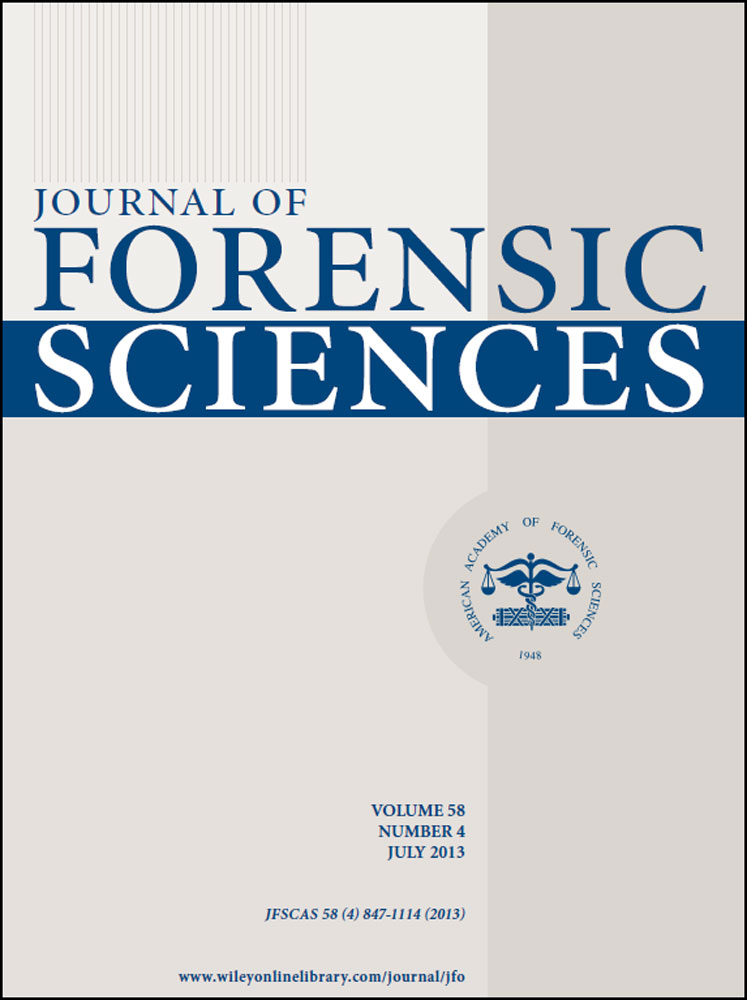The Significance of Adrenal Hemorrhage: Undiagnosed Waterhouse-Friderichsen Syndrome, A Case Series†
Abstract
A retrospective series of five cases of nontraumatic gross adrenal hemorrhage were identified in 800 consecutive forensic autopsies. All patients were males, of different ethnicities and with ages ranging from 2 to 48 years. All patients had a clinical history and autopsy findings suggestive of sepsis. Pre- or postmortem microbiological cultures were variably positive for Pseudomonas aeruginosa, Streptococcus pneumoniae, Staphylococcus aureus, and methicillin-resistant Staphylococcus aureus. The fifth case was positive for yeast and a coagulase negative staphylococcus; contamination of this culture medium cannot be excluded. No cases had a culture positive for Neisseria meningitidis. We find that the reviewed patients with grossly or microscopically identifiable adrenal hemorrhage were otherwise healthy individuals who died suddenly as a consequence of bacterial infection. In each case, signs and symptoms compatible with premortem adrenal insufficiency were reported; in no instance was the adrenal hemorrhage clinically identified.




